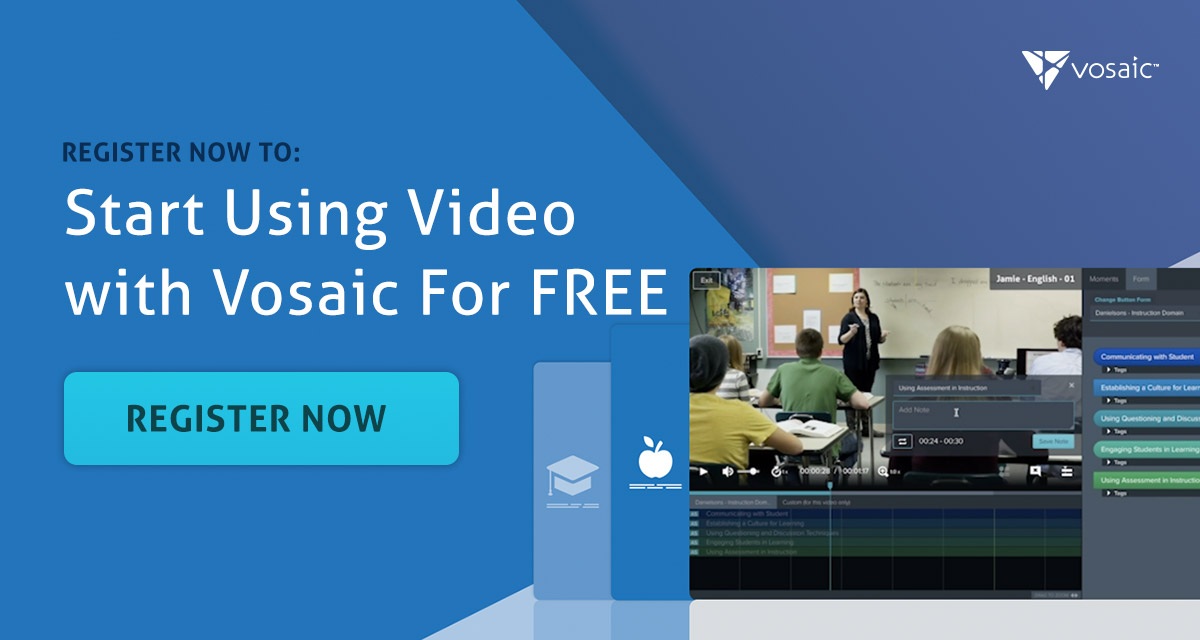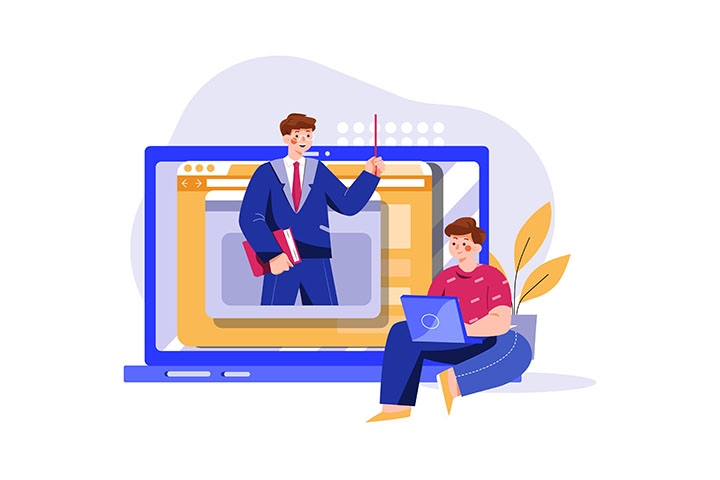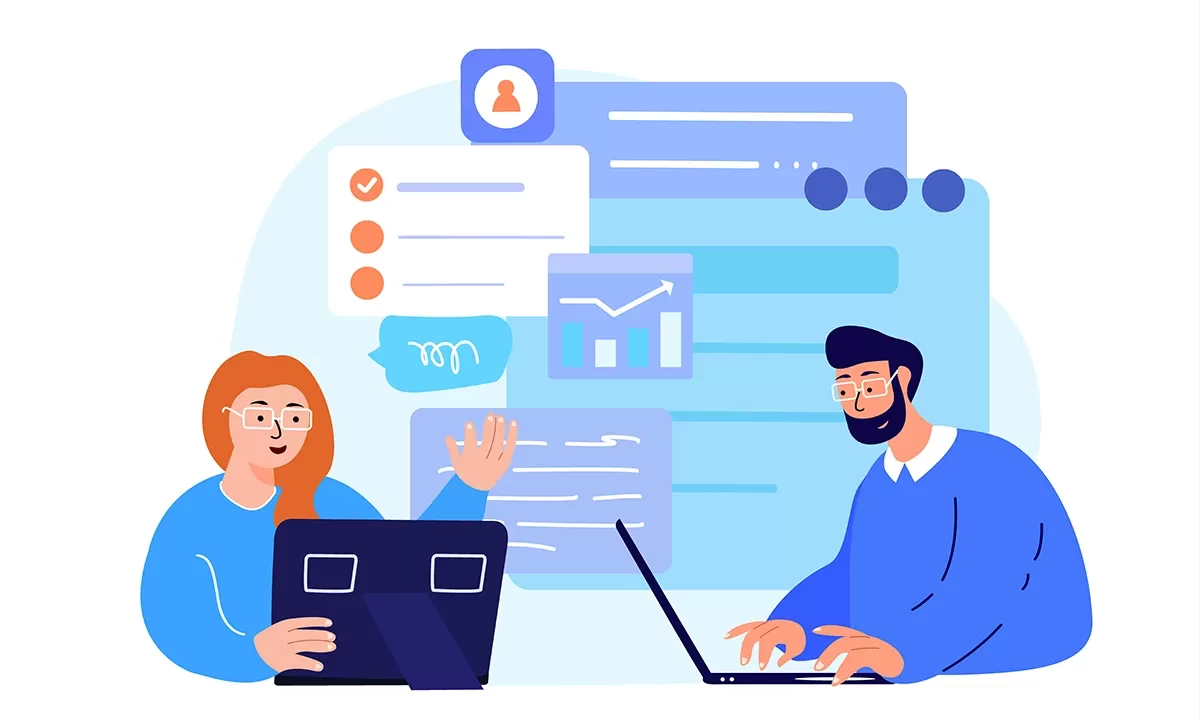The stressors of a worldwide pandemic are many. In 2023, we still know them well, unless our short-term memories fail us. Even if your life seems altogether back to normal, you can surely remember the feeling of ever-present concern for yourself and your loved ones, the unnerving uncertainty, and the loneliness of isolation.
Children have been affected by such realities and an additional tragic one: scores of lost learning. While educators worked overtime to make online learning engaging and sufficient, knowledge accumulation through a computer screen while sitting alone at home could never be either for a 10-year-old fourth grader, or for students of any other grade and age.
We’ve returned to our classrooms and have three options; either an entire generation is bound to lag behind, nation and state-wide standards must be lowered, or learning losses have to be made up by current students and their teachers. Of course, many states and districts have chosen the latter, and are seeking methods and strategies to recover learning losses with teacher training.
One promising solution, which included remote, recurring, professional coaching using recorded videos of teachers’ practice in the classroom, was explored and found successful by the National Center for Education Evaluation at the Institute of Education Sciences, who published a report of their findings in 2022: “Study of Teacher Coaching Based on Classroom Videos: Impacts on Student Achievement and Teachers’ Practices.” The report uncovered the efficacy of this specific teacher coaching method on student learning, the results of which we will explore here. Overall, the study found “individualized, video-based coaching” that examined only general teaching practices (not subject-specific coaching) improved student performance.
The Pandemic’s Effect On Learning
The salt in the wound is fresh - teachers are each day experiencing the strain of ill-prepared students who’ve been shuffled up grade levels despite the learning ramifications of COVID-19. These experiences aren’t purely anecdotal, either. Research is fresh, and the true scope of the havoc a global pandemic wrecked on the education system is unlikely to be discovered until far into the future. However, well-collected information is providing insight in the meantime.
Stay on Top of Important Discoveries
We read case studies and academic journals so you don’t have to. Sign up and we’ll send you the key takeaways.
An extensive analysis of 36 studies found that a majority of students experienced learning losses of one-half of a school year since 2020. An additional study out of the Universitas Pendidikan Ganesha found that student motivation has dramatically and unquestionably decreased in the pandemic’s wake. Separately, 100,000 students in grades 4-8 in California experienced slower academic growth compared to previous years. Using interim assessments as a benchmark, researchers determined that those students are enduring an academic lag of 2.6 months in English language arts and 2.5 months in math.
An Evidence-Based Learning Lag Recovery Method
The “Study of Teacher Coaching Based on Classroom Videos” sought to examine a specific type of coaching program based on three unique facets.
Firstly, the study used individualized teacher coaching, relying on remote interaction with professional coaches such as FACTS Education Solutions Coaching, rather than district or school staff.
Secondly, it examined only coaching surrounding general teacher practices in the classroom, not subject-specific learning, as increasing evidence shows that improvement of general teaching practices has positive effects on student achievement.
Finally, coaches provided feedback based on videos of teachers’ instruction, allowing teachers to self-reflect on their own teaching, and coaches to hone in on specific teaching moments while coaching.
Research Design
Conducted among 107 elementary schools from 14 districts that were not previously using intensive professional coaching, the study followed a structured coaching approach with five action steps in each cycle for control purposes.
The teacher video-records a lesson.
The coach reviews the video, selecting three short clips showing the teacher’s effective use of a focal practice, the teacher’s actions’ impact on student behavior, and the student learning that resulted, respectively. The coach writes questions to aid the teacher in self-reflection.
The teacher looks over their videos, reflecting and responding to coach questions with written answers, which the coach examines to prepare for the video conference review session.
The coach and teacher partake in a synchronous video conference, during which they review focal practices, classroom video recordings, and their earlier written communication. After reflecting on improving the focal practices and uncovering strategies to create that improvement, the teacher and coach together decide which 2-3 focal practices to work on in the next coaching cycle, considering both where the coach sees the most room for improvement and the teacher’s areas of interest. Focal practices might include actions like presenting learning targets for a lesson, addressing students’ misconceptions about content, modeling thinking for students, or quickly redirecting students who are not on task. These actions are all simple to see and mark on Vosaic’s video timeline. With Vosaic’s video platform, teachers can clearly define the duration of a specific moment they’d like to further explore. Then, teachers can leave comments related to each moment they’ve defined.

Focal Practices on the Vosaic Timeline The coach contributes a written action plan for the teacher along with example videos of teachers using the new focal practices.
Within each coaching cycle (5 cycles that were each 3 weeks long) 353 4th and 5th-grade teachers who taught some combination of math and English language arts spent 75 minutes viewing clips of their videos, reflecting, and participating in the review session with their coach. Teachers were allowed to spend additional time working independently on their focal practices.
The coaching itself was focused on three key teaching categories, with more specific focal practices in each category.
“Classroom management”
“Building supportive relationships with students”
“Building students’ understanding of the content being taught”
While these categories of improvement were considered the first priority, it was expected that teachers and coaches would eventually move on to teaching practices aiding in students’ understanding of content.
Why Use Video For Teacher Learning?
Video use was an essential component of the coaching process. The researchers listed several benefits of their decision to rely on video clips of teacher practices in the research design.
If you don't have a Vosaic account for teacher coaching and observation, you can start with a free trial today.
Primarily, coaches and teachers were able to refer to highly-specific, visual moments within recorded videos, providing the clearest understanding of which actions could be most improved. In addition, teachers could self-reflect with clarity after seeing themselves teach, noticing aspects of their teaching practice they hadn’t identified previously. Other detailed aspects of the classroom in-action, such as student reactions, also aided in detailed self-reflection.
Findings
Overall, student achievement improved when teachers received five coaching cycles. These results are expected to be related to the incorporation of specific, visual feedback through the use of video. “This study suggests that the use of video recordings can help teachers see and reflect on aspects of their teaching they may not otherwise notice,” the researchers wrote, “which may improve their teaching.” Results were based on state assessment scores in math and English language arts.
Student Performance
Student achievement in English language arts improved by 3%, equivalent to two additional months of learning.
Student achievement in math improved by 3% as well, though the increase in math scores was not statistically significant.
When teachers with 5 years of experience or less were segmented out, that segment saw math scores increase by 6%, and 5% in English language arts.
A segment of teachers with weaker practices at the start of the study saw student achievement increase by 4% in math and 7% in English language arts.
Teacher Perceptions
Teachers garnered 222 minutes of feedback on average from their coaches, while teachers in the control group who did not receive this specific coaching received only 20 minutes in the same time frame.
70% of the teachers who received the coaching felt they had learned teaching practices that they would actually use in their classrooms, while only 36% in the control group thought the same.
90% of teachers who received the coaching reported making changes to their teaching practices, while only 57% of the control group said the same.
“More than 85%... thought the feedback was easy to understand, gave them specific ideas on how to improve, and would benefit students in the long run.”
Cutting the Cost of Stirring Student Achievement
While increasing student achievement was the main goal of the study, a subsequent goal was tracked: the cost of student achievement using video teacher coaching compared to alternative options.
There were several cost advantages to the method we’ve been exploring. The choice to focus on general, rather than subject-specific, teaching practices allowed schools to hire single professionals to provide coaching, rather than various professionals of each subject. Schools were also able to get a bigger bang for their buck due to the remote, video-recording, and video-conferencing nature of the study’s design. They could hire skilled professionals from geographically distant locations, rather than consider options only within their district.
Teacher coaching based on classroom videos, as it was implemented in this study, cost $228 per student on average. This was the most cost-effective option, compared to strategies that create similar improvement to student achievement, including reducing class sizes (costing about $750 per student on average), providing bonuses for teachers who garner student achievement improvements (costing about $335 per student on average), and supplying incentives for high-performing teachers to relocate schools (costing about $1180 per student on average).
A Note On Self-Reflection
While 5 coaching cycles, each 3 weeks long, created all the aforementioned improvements, 8 coaching cycles of 2 weeks in duration did not statistically significantly create student achievement. One possible explanation is that the 8-cycle design was more time-consuming for teachers, leaving less time for self-reflection and implementation of focal teaching practices.
About Vosaic
Vosaic is a video platform that helps schools and districts provide teachers with the evidence-based feedback they need to improve teaching and, ultimately, learning. The video feedback loop is simple:
Teachers record or upload a pre-recorded video.
Teachers self-reflect, mark important moments, and add comments, just like in this study’s design.
Teachers share highlights with coaches, principals, or peers for feedback.




